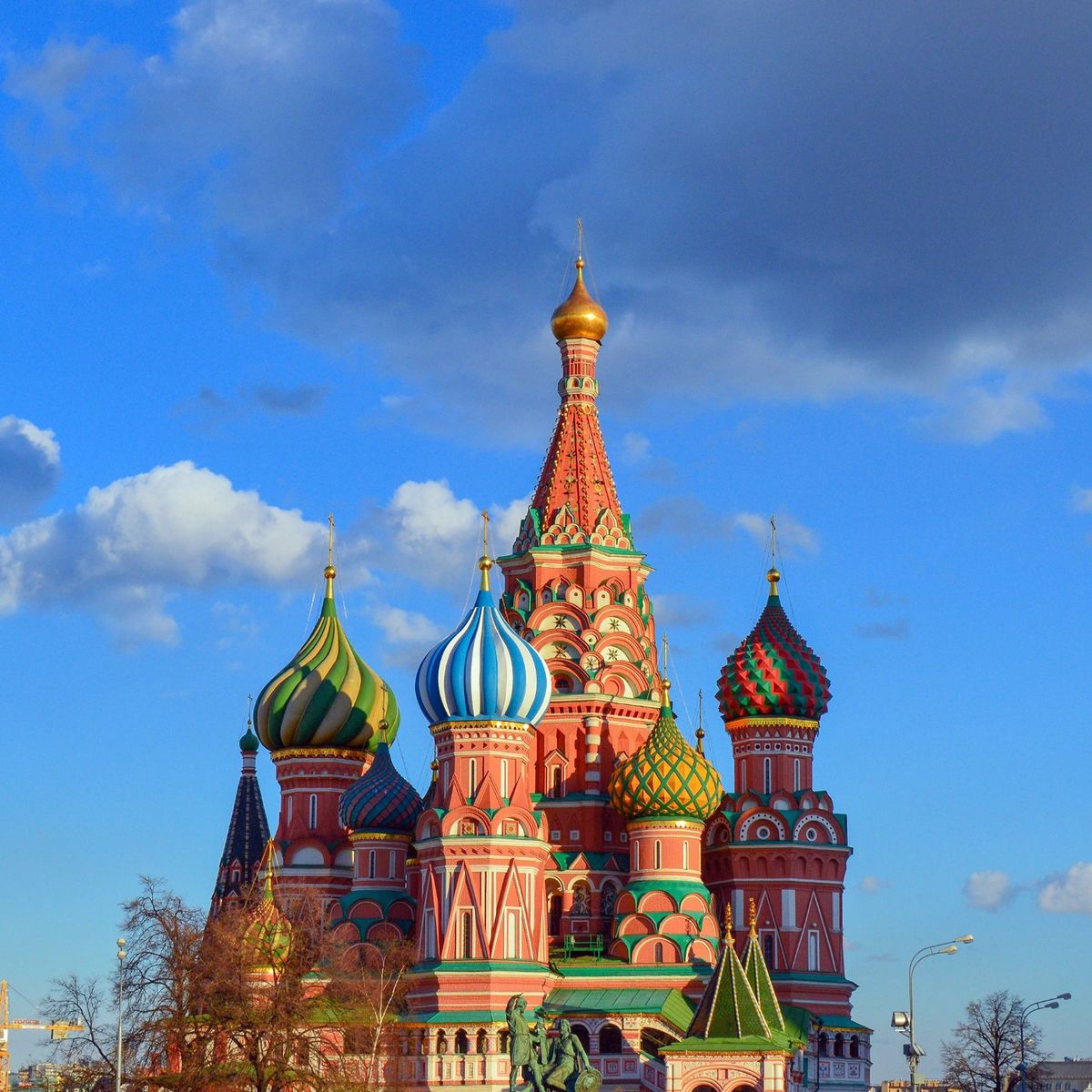Who was Catherine II, and Why was she so great?
Let’s go back to one of Russia’s finest monarchs. She was powerful, vengeful, and good at her job. Catherine the Great ruled at a time when Russia experienced expansion and integration into western societies.

Let’s go back to one of Russia’s finest monarchs. She was powerful, vengeful, and good at her job. Catherine the Great ruled at a time when Russia experienced expansion and integration into western societies. As Russia’s longest-serving monarch in history, Catherine II represents the fine balance between taking power as your own and figuring out what to do with it.
Early Life
Catherine II was born Sophie Friederike Auguste, Prinzessin (princess) von Anhalt-Zerbst on April 21st, 1729 in Stettin, Prussia. She assimilated into Russian society upon marrying Grand Duke Peter, grandson of Peter the Great and heir to the throne. Many viewed Catherine as a suspicious foreign princess when she first arrived at the court, but Catherine dispelled any uncertainty with her enthusiasm to adapt to Russian culture.

After time spent in Russia, the court regarded Catherine as equally or more capable than her husband and tsar. She was intelligent and ambitious and seems to have all the makings of a strong and confident ruler. They viewed Peter III as weak-minded and incompetent. Catherine and Peter III showed little love for each other, with Catherine engaging in numerous affairs.
They did accomplish together to secure the line of Russian succession with their only son, Paul. Paul would later take the throne after Catherine. Throughout her husband’s short reign, Catherine’s sharp wit and charming personality gained the allegiance and adoration of the Russian people. She secured this despite being in the political shadow of Tsar Peter III.
Fight to the Throne
After seeing her husband’s insufficiency in ruling Russia, Catherine planned to overthrow him and take Russia for herself. Peter displayed minimal loyalty to Russia, favoring Frederick II of Prussia and his native Germany. At the same time, Catherine was plotting to unseat Peter; he also had a plan to get rid of her.
Now, we analyze Peter III’s downfall. Catherine had the support of the Russian army, the aristocratic society, and the Russian Orthodox Church. Peter had none of those things. In 1762, Catherine rallied her troops to St. Petersburg and proclaimed herself tsar and empress of Russia.
Upon this declaration, Peter III abdicated the throne. Eight days after his abdication, Peter III was assassinated. The speculation that Catherine ordered this execution was prominent throughout the Russian public and her supporters. The same year, Catherine was officially crowned empress of Russia, thus starting her 34-year reign.
Her Reforms
Catherine attempted to enforce the Legislative Commissions document of Nakaz or ‘instruction.’ This document stated an idealistic version of Russian rule and the rights of the public. Versions of this declaration include:
“The Equality of the Citizens consists in this; that they should all be subject to the same Laws. This Equality requires Institutions so well adapted, as to prevent the Rich from oppressing those who are not so wealthy as themselves”
Proposals for a New Law Code (1768)
The war against the Ottoman Empire broke out the same year, so much of this effort was glossed over and forgotten. Catherine also rose to the revolt of the Russian people against Russia’s expansion. This was due to plagues, unfruitful harvests, and poverty among the Russian public. By bringing down the revolution, Catherine solidified herself as a ruler and strengthened her public influence.

Her dealings with the serfs were disastrous and looked down upon, especially today. Her intentions with freeing the Russian serfs were there, but her fear of losing support from the masters of these serfs trumped her push to emancipate them. Trying to work around this hiccup, Catherine instead tried to shove serfdom onto Ukrainians who were previously free people.
By the end of her rule, the Russian peasants were worse off than before Catherine decided to meddle. To be more clear, virtually none of the Russian public benefitted from Catherine’s achievements as queen.
Modulating the administration side of the ruling, Catherine cemented her “greatness” in this way. Using the backs of her people, she initiated many military and cultural endeavors.
Her Legacy
Catherine II died of a stroke at age 67. Her later life wasn’t exciting but did keep younger lovers up until her death. Her love gravitated to her close friends and grandchildren. Catherine’s little love for her son, Paul.
Despite her positive status amongst the Russian nobility, Catherine II was immensely unpopular with foreign nations and the Russian peasants. Catherine sculpted Russia into a national power and force to be reckoned with at the expense of popular opinion.
She does gain much admiration by being a female ruler, similar to Queen Elizabeth and Queen Victoria of England. As a ruler, she was criticized as severely as her male counterparts.